How to Create a Comic Book: Unleash Your Inner Artist
Learn how to create a comic book even with no art skills! Our guide helps you sketch characters, plot stories, and share your comics easily.
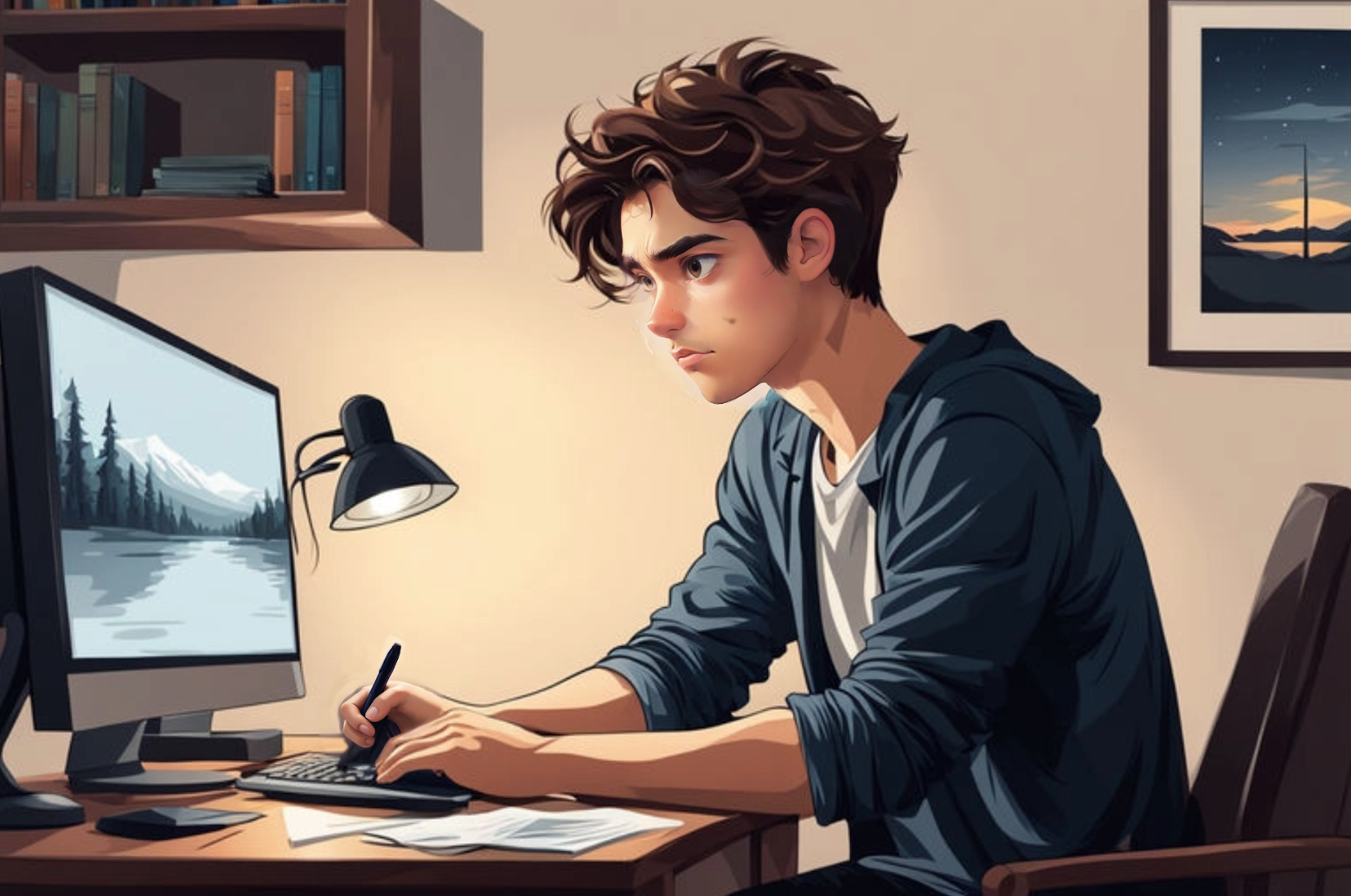
Introduction to Creating a Comic Book
Picture this: you're curled up on the couch, engrossed in a world you created. Speech bubbles crackle with wit, fight scenes explode with action, and your characters come alive with every panel turn. That's the magic of comic books, and guess what? You can be the mastermind behind it all! Even if your artistic experience is limited to doodling in the margins of your notebook, this guide will be your personal superhero sidekick, empowering you to craft a comic book that'll leave readers saying "OMG, I love this comic!"
Forget the intimidation factor. We're not talking about wielding superpowers here (although a sprinkle of creativity wouldn't hurt!). This guide is your friendly neighborhood roadmap to creating a comic book. Whether you've been sketching costumed characters since kindergarten or your story idea just crash-landed in your brain, we'll break down the process into bite-sized chunks, transforming your concept from a scribble to a showstopper.
So, grab your creative hat, unleash your inner storyteller, and get ready to embark on this epic adventure of - “How to create a comic book”. The world of comic book creation awaits – are you ready to dive in?
Characteristics of Good Comic Books: Beyond Just Words and Pictures - The Secret Sauce of Storytelling
Imagine a delicious dish – the perfect blend of flavors and textures tantalizes your taste buds. A good comic book works in a similar way. It's not just about throwing a bunch of words and pictures together; it's about crafting a cohesive experience that leaves you wanting more. So, what's the secret sauce that makes a comic book truly sing?
The Art of Dance: Words and Images Working in Harmony
A key ingredient is the seamless interplay between the visual and the written. Powerful illustrations can tell a thousand stories without a single word, but well-placed dialogue and captions can elevate the art, adding depth and humor. Think of it like a dance – the words and pictures move in perfect rhythm, guiding the reader through the narrative.
Show, Don't Tell: Mastering Visual Storytelling
While dialogue plays a role, the true strength of a comic book lies in its ability to convey emotions and actions visually. A character clenching their fists speaks volumes about their anger, and a shadowy figure lurking in the background creates a sense of suspense. Mastering visual storytelling will allow you to pack a powerful punch with every panel.
Pacing and Panel Power: Keeping Your Reader on the Edge of Their Seat
Just like a thrilling movie, a good comic book knows the art of pacing. A well-structured page layout, with panels of varying sizes and shapes, can control the flow of the story. You can use large panels for epic battles and smaller ones for quieter moments of reflection. This keeps the reader engaged and eager to see what unfolds next.
Now, you might be wondering, "But where do I even begin?" Don't worry, aspiring comic book creator! The next section, "Planning Your Comic Book," will equip you with the tools to transform your story idea into a captivating comic book experience. Are you ready to unleash your inner comic book architect? Check out Dashtoon’s blog on “Crafting Your First Comic Book” for more tips to get started!
Planning Your Comic Book: From Brainstorming Bonanza to Building Your Comic Book Universe
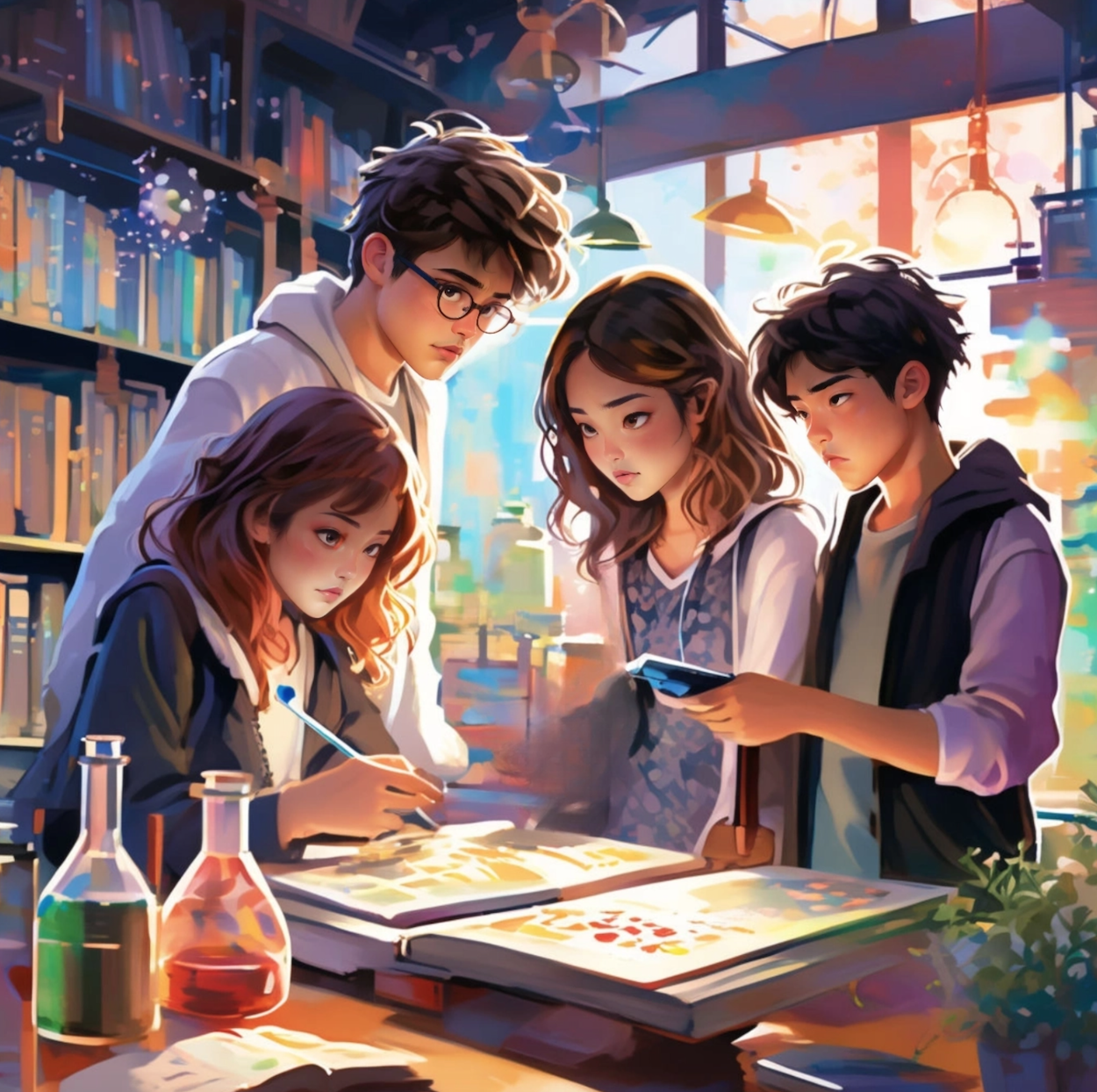
Have you ever stared at a blank page, feeling overwhelmed by the possibilities? That's where planning comes in – your trusty compass to navigate the exciting (and sometimes slightly chaotic) world of comic book creation. This section is all about taking your story idea from a spark in your mind to a fully fleshed-out comic book universe.
Conceptualization and Brainstorming Story Ideas: Let the Creativity Flow!
It all starts with a bang! Grab your notebook (or favorite brainstorming app) and unleash a creative explosion. Jot down anything and everything that sparks your imagination – character sketches, story snippets, wild plot twists – the sky's the limit! Here are some prompts to get you started:
- What kind of genre excites you? Is it a heart-pounding superhero saga, a laugh-out-loud comedy, or a thrilling sci-fi adventure?
- Who is your main character? What are their strengths, weaknesses, and motivations?
- What is the central conflict? What challenges will your protagonist face?
Creating a Unique Selling Point with a Hook: Grab Your Reader's Attention in a Flash!
Imagine you're walking down a crowded hallway, overflowing with comic books. What makes yours stand out? This is where your "hook" comes in – that captivating element that grabs the reader's attention and makes them say, "Wow, I gotta read that!" Think about what makes your story unique and how you can present it in a way that sparks curiosity.
Designing Characters and Defining Their Traits: Breathe Life into Your Creations
The characters are the heart and soul of your comic book. Here's where you get to play "creator god" and develop your cast from the ground up. Consider their appearance, personality, backstory – what makes them tick? Remember, even the most powerful heroes or cunning villains (picture Loki from Avengers) need relatable traits for readers to connect with. Need help creating captivating characters? Unleash your creativity with Dashtoon's comic character maker, which uses AI to generate unique character designs!
Developing the Central Conflict of the Story: What Makes Your Hero Sweat?
Every good story needs a conflict/saga to keep things interesting. What obstacle will your protagonist face? Is it a menacing villain, a ticking clock, or a personal struggle? The stronger the conflict, the more invested readers will become in your hero's journey.
Crafting the World and Setting of the Comic: Building Your Comic Book Stage
Where and when will your story unfold? Is it a bustling metropolis, a fantastical alien world, or a cozy hometown? Developing a rich and detailed setting adds depth to your narrative and visually transports your readers into your comic book universe.
Writing and Designing Your Comic: From Script to Spectacle - Building the Visual Symphony of Your Comic Book
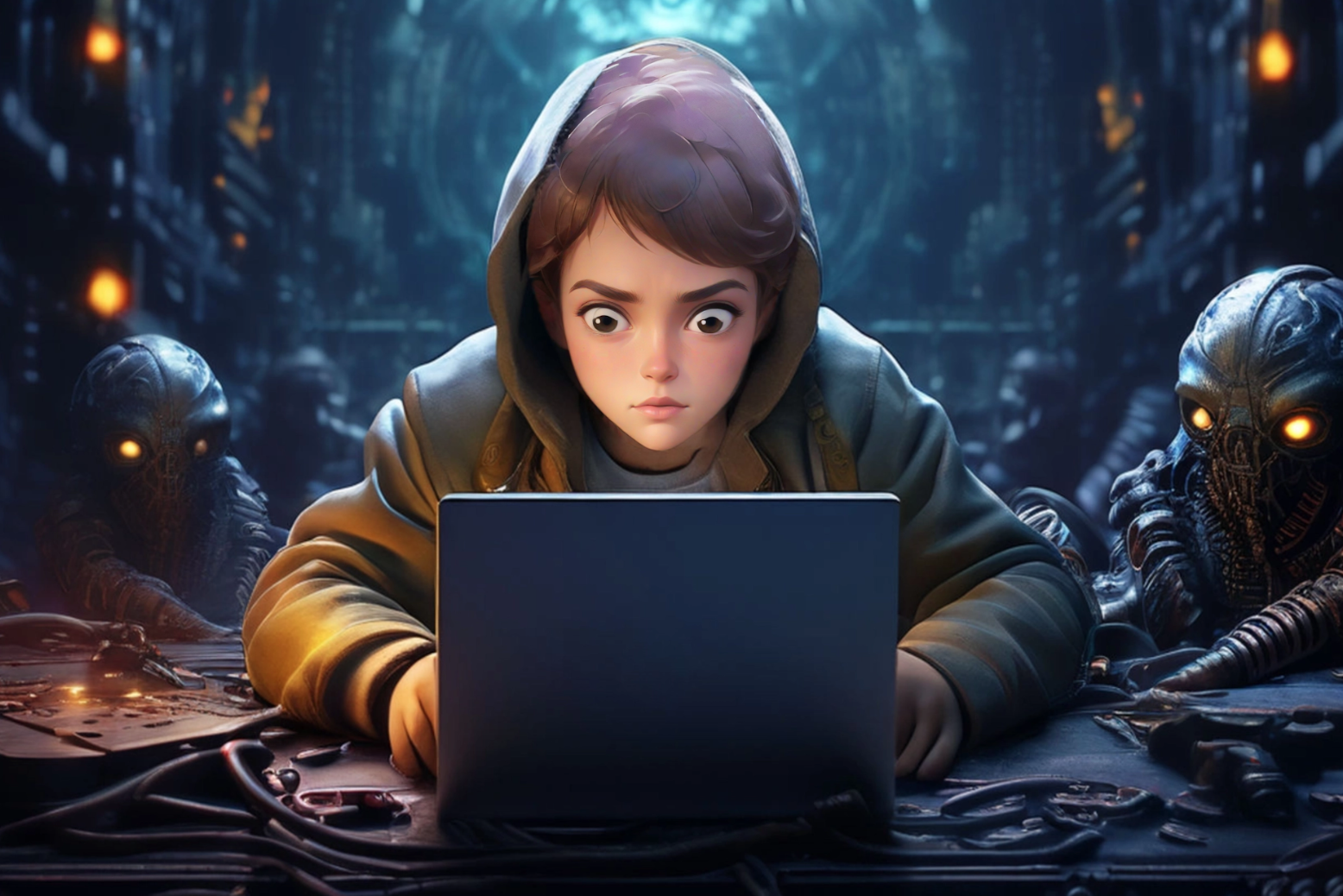
Now that your story's foundation is rock-solid, it's time to translate it into a visual masterpiece! This section delves into the exciting world of scripting your narrative and crafting the stunning visuals that will bring your comic book to life.
Detailing the Narrative Structure and Panel Breakdown in a Script:
Your comic book script acts as a blueprint, outlining the flow of your story panel by panel. Here, you'll detail the dialogue, narration, sound effects, and visual descriptions within each panel. Don't worry, scripting doesn't have to be intimidating! We'll break down the essential elements and provide tips for crafting a clear and concise script.
Sketching Rough Drafts of Pages and Panels with Storyboards:
Before diving into final illustrations, storyboards act as your comic book's rough draft. Think of them like a visual roadmap. Using quick sketches, you can map out the sequence of panels, experiment with layouts, and ensure the narrative flows smoothly.
Finalizing Artwork from Sketches:
With your storyboard locked down, it's time to refine your sketches and create the final artwork for your comic book. Here, you can choose your preferred medium – traditional pen and ink, digital tools, or a combination of both. This section will offer guidance on basic comic book art techniques, but you can also check out Dashtoon’s blog “Exploring Different Comic Book Art Styles” for inspiration and ideas. For those interested in digital comic creation, Dashtoon's library of comics offers an AI-powered comic generator that can bring your story to life effortlessly!
Applying Finishing Touches to the Comic Art Through Inking, Coloring, and Lettering:
The final flourish! This stage involves inking your refined sketches for a clean, polished look. You'll also explore coloring techniques to bring your comic book world to life with vibrant hues. Lettering, the art of placing dialogue and captions within panels, plays a crucial role in ensuring your story is clear and easy to read. We'll provide tips and tricks for mastering these aspects and adding that professional touch to your comic book.
Creating and Publishing Your Comic Book: Sharing Your Masterpiece with the World - From Dream to Reality
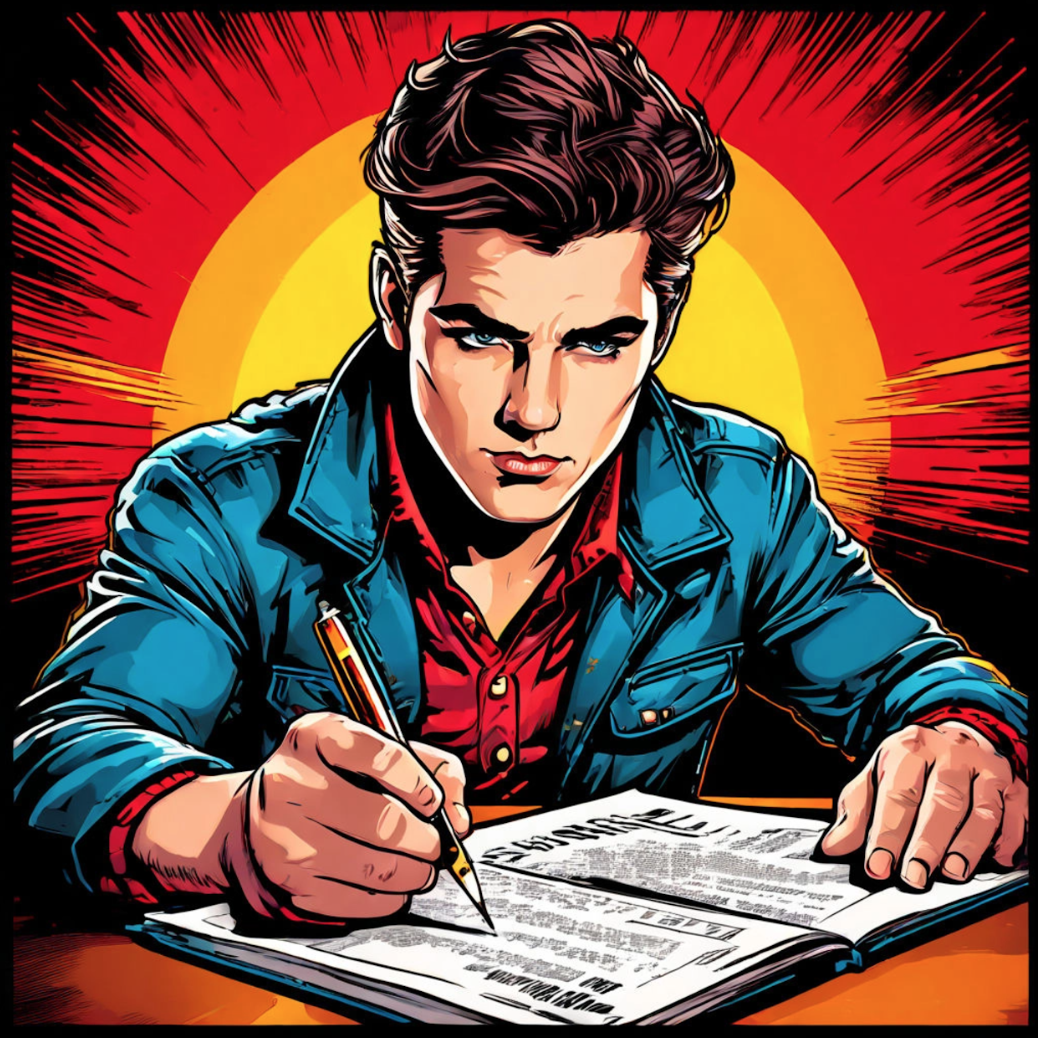
The culmination of your creative journey awaits! In this section, we'll delve into the exciting world of how to create a comic book and bring your masterpiece to life – from self-publishing options to captivating cover design strategies.
Tips for Self-Publishing and Distribution: Becoming Your Own Comic Book Mogul
The world craves your story! Self-publishing empowers you to take control of your creation and share it directly with your audience. We'll delve into popular self-publishing platforms, printing options, and distribution strategies to get your comic book into readers' hands (or onto their digital devices!).
Advantages of Publishing Digital Comics: Reaching a Global Audience with a Click
The digital revolution has opened a universe of possibilities for comic book creators. Publishing your comic digitally allows you to reach a global audience instantly, bypassing geographical limitations. This section will explore the benefits of digital publishing and provide guidance on navigating the process.
Platforms for Digital Comic Publishing:
Several platforms cater specifically to digital comic creators, offering a range of features and functionalities. One such platform is Dashtoon, which focuses on providing tools and services for creators to transform their stories into professional-looking comics. https://dashtoon.com/
Exploring Dashtoon's Offerings (Optional):
If you're considering the digital route, Dashtoon might be worth exploring. They offer features like:
- AI-powered character generation: This can help streamline the character design process, especially for beginners.
- Storyboarding and panel creation tools: Dashtoon provides tools to visually structure your narrative.
- Self-publishing options: You can potentially publish your comic directly through their platform, reaching their audience of comic book enthusiasts.
**Remember, this is just one example, and numerous other digital comic publishing platforms exist. Do your research and choose the one that best suits your needs and creative vision.
Considerations for Designing the Cover to Reflect Content and Attract Readers: The All-Important First Impression
The cover is your comic book's billboard to the world. It should be visually captivating, reflect the story's essence, and entice readers to dive in. We'll discuss cover design best practices, from choosing a compelling image to incorporating essential elements like title and character placement.
Creating a Comic Book Character: From Blank Slate to Captivating Hero - Breathing Life into the Heart of Your Story
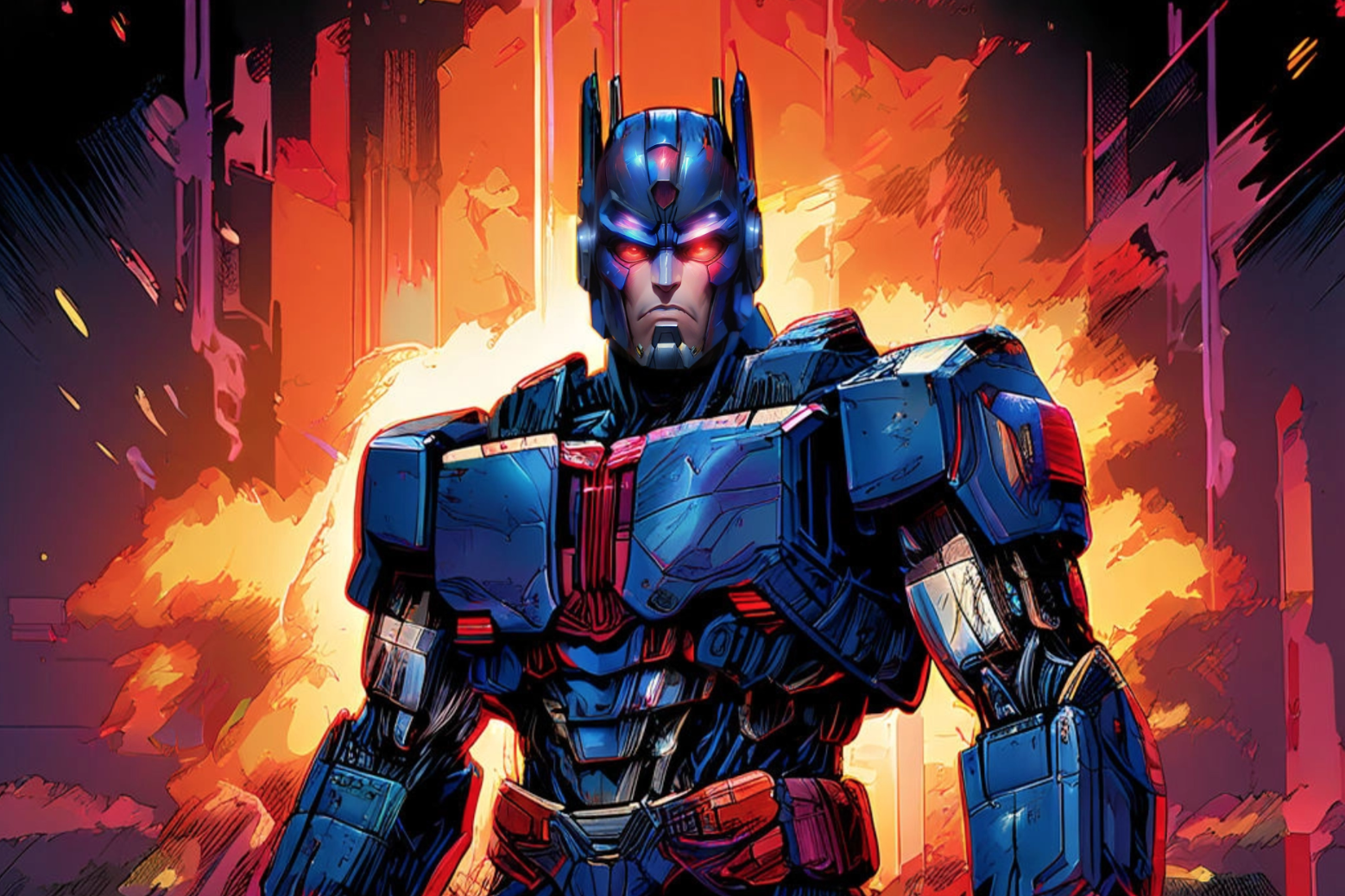
The heart and soul of any great comic book lie in its characters. They are the ones who drive the narrative, face challenges, and ultimately win (or lose) the hearts of readers. This section delves into the art of character creation, guiding you in crafting unforgettable figures that resonate with your audience.
Establishing Fundamental Attributes and Background: Building the Blocks of Your Characters
Every captivating character starts with a strong foundation. Consider their:
- Personality: Are they witty and sarcastic? Brave and heroic? Understanding their personality traits will guide their actions and dialogue throughout the story.
- Motivation: What drives them? Is it a desire for justice, a thirst for revenge, or simply a love for adventure? A strong motivation will make your character relatable and engaging.
- Backstory: What experiences shaped who they are today? A well-developed backstory adds depth and complexity to your characters.
Importance of Diversity and Realistic Portrayals: Reflecting the World We Live In
The world of comics is richer and more vibrant when it reflects the diversity of our world. Strive to create characters that come from different ethnicities, backgrounds, and walks of life. This inclusivity not only feels authentic but allows readers to connect with characters who resemble themselves.
Beyond the Stereotypes: Avoiding Clichés and Creating Nuance
While archetypes can be helpful starting points, avoid falling into stereotypical character tropes. A brooding billionaire hero or a damsel-in-distress can feel tired and predictable. Infuse your characters with flaws, vulnerabilities, and unexpected quirks to make them feel real and interesting.
Developing Visual Design: Bringing Your Characters to Life
Once you've fleshed out your characters' personalities and backgrounds, it's time to translate them visually. Consider their physical appearance, clothing style, and any unique features that set them apart. Sketching different character designs can help you solidify their visual identity.
Brainstorming Like a Pro:
Sometimes, even the most creative minds get stuck. That's where a little technological magic can come in! Platforms like Dashtoon offer AI-powered character generation tools. These innovative tools can spark your imagination by suggesting unique visual elements for your characters. Play around with different hairstyles, outfits, and facial expressions to see what resonates with you.
Remember, AI is there to assist you, not replace your creative spark! Think of it as a brainstorming partner, throwing out wild ideas to help you solidify your character's visual identity.
(Optional: Want to see how Dashtoon's character creation tools work in action? Check out this helpful video tutorial: link to YouTube video:)
Don't be afraid to experiment! Sketch different character designs to explore various possibilities. The more you visualize your characters, the more real and engaging they will become for your readers.
Final Thoughts: Unleashing Your Inner Comic Book Creator and the Power of Digital Tools
Bravo! You've reached the final chapter of this comprehensive guide to creating a comic book. By now, you're equipped with the knowledge and tools to transform your story idea into a captivating comic book experience.
Remember, the journey of a comic book creator is a continual process of learning and exploration. Don't be afraid to experiment, embrace your creativity, and most importantly, have fun!
The Power of Digital Tools:
The digital age has empowered aspiring comic book creators like never before. A plethora of software programs and online platforms exist, offering features that can streamline the creative process from scripting to illustration. Whether you're a seasoned artist or just starting, exploring digital tools can enhance your workflow and potentially elevate the visual quality of your comic book.
Platforms Like Dashtoon: Simplifying Your Comic Book Creation Journey
One such platform, Dashtoon, caters specifically to comic book creators, offering a suite of tools designed to streamline your creative process. From AI-powered character generation to storyboarding and panel creation tools, Dashtoon can help you bring your comic book vision to life, even if you're a beginner. They even offer self-publishing options, potentially allowing you to share your creation directly with a global audience of comic book fans.
Embrace the Journey and Share Your Story with the World!
Creating a comic book is a rewarding experience that allows you to share your unique voice and vision with the world. Don't be discouraged by setbacks – embrace them as opportunities to learn and refine your craft. With dedication and perseverance, you can turn your comic book dreams into a reality.
Ready to take the plunge? Spark your creativity & put your newfound knowledge of how to create a comic book into action! Platforms like Dashtoon are here to empower you on your creative journey.
Read Next: Exploring Different Comic Book Art Styles | Crafting Your First Comic Book
